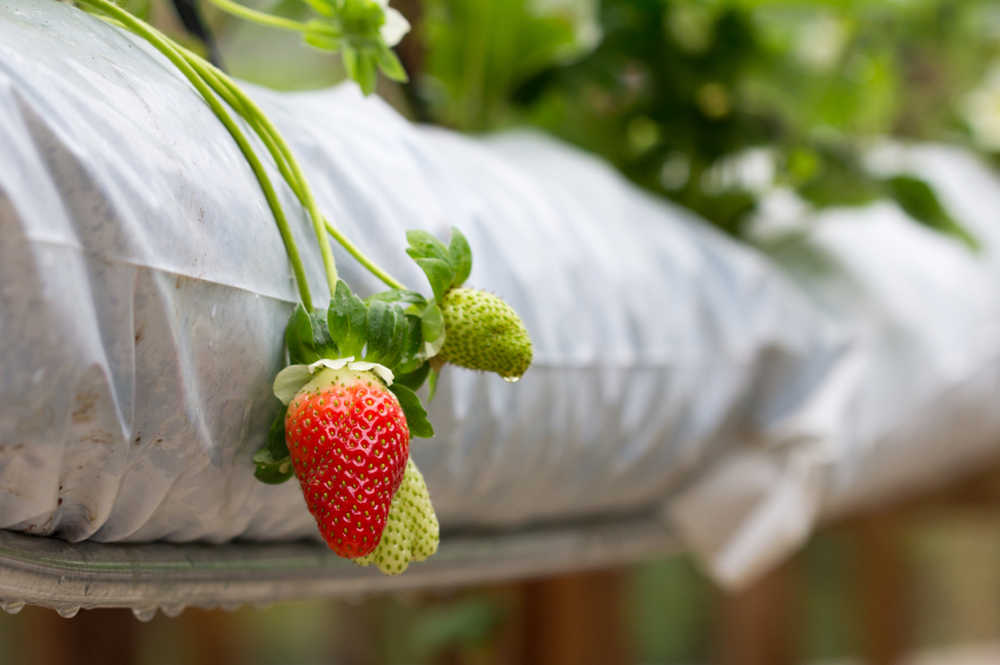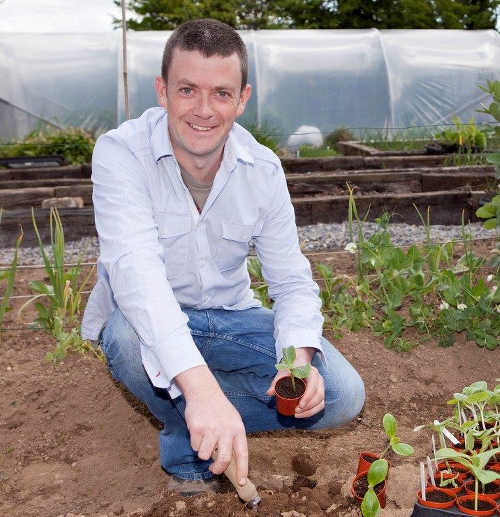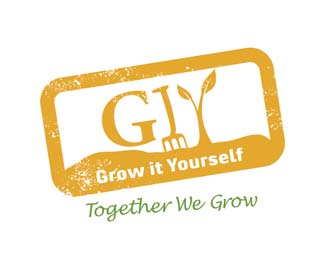Grow It Yourself - June

I’ve discovered as I get older that I am person that loves to square things away, and that applies equally with food-growing where I am constantly looking for things that simplify what can be a pretty complicated life-skill.
Over the years I’ve deployed all sorts of little nerdish tricks, categories, tables, post-it notes, spreadsheets and all manner of other organising devices to try and break it down and make it easier for me to understand.
When it comes to seed sowing in particular, it always seemed to me that almost every vegetable seemed to start in a slightly different way which just added to the general confusion. In fact, there are really only two categories: those that are sown direct in the soil, and those that are sown in a pot or tray to be planted out later. So, let’s break it down (use a spreadsheet if you want…!):
Firstly we start with veg that are sown direct in the soil outside (or in a polytunnel or greenhouse). This category can be broken down in to three different types of seed:
• Tubers – for e.g. potatoes where the ‘seed’ is an actual potato. In a similar vein are artichokes, yacon and oca etc.
• Sets – for e.g. onions and shallots. Where the ‘seed’ is a small, immature onion that someone else has grown from seed; or garlic where the ‘seed’ is a clove of garlic from last year.
• Seeds that are best sown direct in the soil – e.g. peas, French beans, parsnips and carrots.
Secondly we have the veg that are sown in pots or module trays for later planting out in to the soil. In this category I include pretty much everything else, e.g. tomatoes, peppers, aubergines, celery, celeriac, salads (including oriental greens), cabbage, kohlrabi, swede, chard, turnips, kale, beetroot and so on.
Admittedly there are quite a few veg that I include in the latter category (sowing in module trays for later transplanting), that could just as easily be sown direct outside. A good example of this is beetroot.
So the question is – why would I do this when it would save time to sow them direct? The answer is that I just find it more successful to start them off inside and plant out later. And besides, as regular readers will know, I just love spending time in the potting shed.
The reason it is more successful is that plants are at their most vulnerable (to cold and slugs for example) when they are seedlings and it is generally more successful to plant a plant rather than to sow a seed. Sowing seeds in pots/trays also allows you to get a head start on the growing season as you keep the pots/trays indoors or under cover during Feb/March/April when it is generally too cold to sow outside.
The Basics – Potting Compost
Potting compost is the medium that is used to sow seeds in. Potting compost is completely different to compost that you might make yourself in the garden from rotting plant matter. I always found this rather confusing when I started growing. For starters, potting compost is a sterile medium which means you know there are no weed seeds in it. It also retains moisture very effectively which is important for your seeds.
Interestingly, unlike your homemade garden compost, potting compost is very low in nutrients so it is only ever used for starting seeds off. If you intend to grow a plant to maturity in a pot, it will need to be transplanted in to a medium that has more nutrients in it (e.g. a mix of garden compost and soil etc). Seeds do not need to be sown in a medium that is rich in nutrients since they already have all the nutrients they need for germination.
It’s worth buying good quality potting compost – ideally one that is approved for use in organic production and peat-free. I’ve bought cheap compost over the years if I couldn’t get anything else and I am almost always disappointed with the results.
GROW HQ
Check out the courses, classes, events and more at the home of the GIY movement, GROW HQ, in Waterford city. In addition to our 65-seat home-grown food café and shop, we’ve a range of growing and cooking courses happening weekly – for courses happening this month, check out www.growhq.org.
Things to do this Month - June
To-Do
Watering and weeding duties step up a notch – the tunnel/greenhouse in particular will require a good deal of water from now on. Watch the weather and water outside as required. Continue to earth-up potato plants to prevent the spuds becoming green.
Mulch and water tomato plants and continue to remove side shoots that appear in the leaf axils. Stake everything that grows tall – raspberries, peas, beans, tomatoes etc. Net soft fruit against birds – it’s worth the effort.
Sow
Sow courgettes, pumpkins, summer and winter squash, fennel, chicory. Succession sow: beans (French and Runner), kale, pea, spinach, spinach beet, summer broccoli, carrot, swede, leek, lettuce, Brussels sprouts, beetroot, chicory, endive, turnip, kohlrabi, fennel. Plant out leeks, Brussels Sprouts, cabbage, autumn cauliflower, calabrese, sprouting broccoli, celery, celeriac, cucumbers, pumpkin, marrows, runner beans, aubergine.
Harvest
We are now really starting to see some payback from our GIYing - the first broad beans and peas as well as new potatoes, new carrots, soft fruit like gooseberries, cherries and strawberries. Herbs are in full flow. Also harvest kohlrabi, cabbage, cauliflower (month end), spinach, spring onion, shallots, salad leaves, elderflower, rhubarb, salad leaves, onions, carrots, beetroot, garlic, sea-kale.
Recipe of the Month – Strawberry and Spinach Salad
Celebrate the seasonality of strawberries and new season spinach with this delicious and super-quick salad. Serves 4.
Ingredients:
• 300g annual spinach
• Approx 400g strawberries, sliced
• 120ml olive oil
• 4 tablespoons apple cider vinegar
• 100g caster sugar
• 1/4 teaspoon paprika
• 2 tablespoons sesame seeds
• 1 tablespoon poppy seeds
Directions
Toss together the spinach and strawberries in a large salad bowl. In another bowl whisk together the oil, vinegar, sugar, paprika, sesame seeds and poppy seeds. Pour over the spinach and strawberries, and toss to coat.
Become a VIPea
By joining GIY you help us to continue the work of supporting people just like you to grow food at home, at school, in the workplace and in the community – this year we will support over 250,000 people and 8,000 community food growing groups and projects. It costs just €35 to join GIY for a year, and to say thanks we will send you a seasonal copy of our supporter’s magazine GROW and some GIY seeds for you to sow each quarter. It will also entitle you to a 10% discount at GROW HQ and our online shop. Join today at www.GIY.ie.

About GIY
GIY is a not-for-profit organisation that aims to create a healthier, more sustainable world where people grow their own food. We inspire and support people to grow food more successfully by bringing them together to share advice, tips and ideas. There are approximately 65,000 people involved in the GIY movement in Ireland, which is proudly supported by Woodies DIY.
For more information check out www.giyireland.com
Michael Kelly is a freelance journalist, author and founder of GIY Ireland.
© GIY Ireland 2017 – all rights reserved.






There are currently no comments
Leave a comment
Not a member? Register for your free membership now!
Or leave a comment by logging in with: